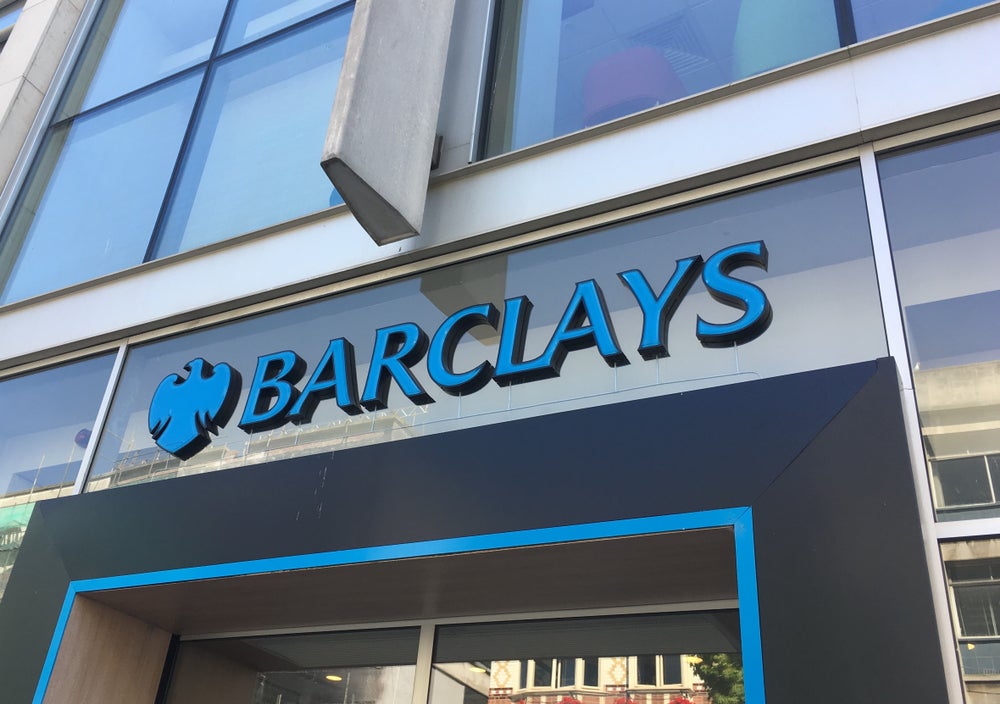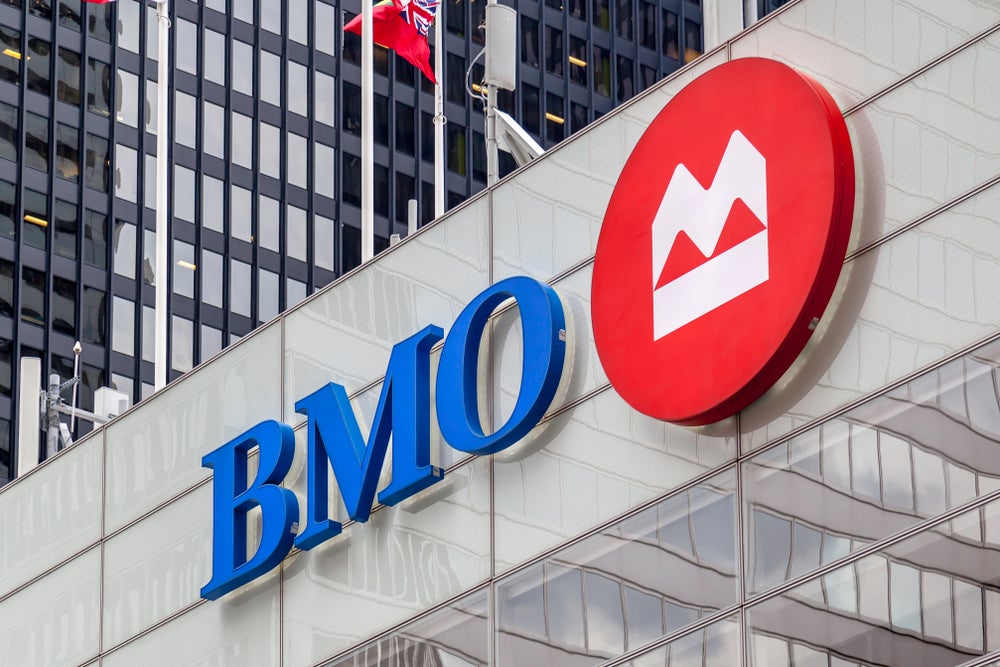when its UK retail arm posted sluggish growth, Barclays has
launched an impressive fightback. Erin Biertzer, the bank’s
director of distribution, tells Douglas Blakey its re-energised UK
retail division will now benefit from an ambitious overhaul of its
branch network
While Barclays has made no secret of its determination to allocate
capital to the emerging markets – in the past two years alone it
has doubled its branch and sales points network outside the UK –
the UK’s third-largest bank is enjoying a dramatic renaissance in
its domestic retail market.
In contrast to a number of notable UK
rivals (see The changing face of
banking), the retail bank remains largely self-funding
with its loans supported mainly by its savings balances, avoiding
the need to rely on increasingly expensive funding in the wholesale
markets.
In particular, it attracted an impressive
26 percent of net new mortgage lending in the first half of 2008,
up from 6.2 percent in the same period last year (see chart,
right). And looking ahead, the bank has said the ongoing
credit squeeze and market turmoil is an opportunity it is well
placed to exploit.
While the bank has thrown itself
energetically into major investments in the emerging markets –
launching retail operations in the past 18 months in India and
Pakistan, growing its presence in the United Arab Emirates and
becoming the largest bank in sub-Saharan Africa – the UK retail
division has prospered. In the first half of 2008, it contributed
more than 21 percent of group profit with profit before tax up 7
percent at £690 million (see pie chart, below left).
The UK retail division is now set to
receive the boost of a multi-million pound investment in its branch
network, in one of the most ambitious projects of its type in the
UK to date.
“This investment culminates in our new
flagship design which brings all the best services Barclays has to
offer in one convenient location for our customers,” director of
distribution Erin Biertzer told RBI. “Barclays is
back.”
Barclays’ branch investment programme
coincides with rival Lloyds TSB’s plan to overhaul its entire UK
branch network under a seven-year programme (see RBI 594);
a project which may be subject to review following its
extraordinary deal to acquire HBOS (see A catastrophe measured
in trillions).
How well do you really know your competitors?
Access the most comprehensive Company Profiles on the market, powered by GlobalData. Save hours of research. Gain competitive edge.

Thank you!
Your download email will arrive shortly
Not ready to buy yet? Download a free sample
We are confident about the unique quality of our Company Profiles. However, we want you to make the most beneficial decision for your business, so we offer a free sample that you can download by submitting the below form
By GlobalDataAll of Barclays 1,700 UK outlets will
receive a facelift, with the biggest of the branches receiving a
makeover in the style of its flagship Manchester branch which
opened in May. By the end of the first year of the project, the
bank says more than 300 branches will have been refurbished.
“This will be an ongoing programme and not
just a one off,” Biertzer said. “Branches will be refreshed to
ensure they remain the best on the high street. Our branches are
more important than ever to our customers, with over 10 million
using our branches every week and growing.”
Although cynics may regard the new-look
Barclays outlet as merely the latest manifestation of the banking
sector’s craze to emulate retailers, elements of the new branches
represent a bold attempt by the bank to differentiate itself on the
high street.
 According to Biertzer, the
According to Biertzer, the
banking environment is “warm and welcoming”, and includes open
counters, play areas for children and premier lounges. Staff termed
‘service angels’ will serve customers anywhere in the branch using
a hand-held device, while investment in self-service technology
includes cash and cheque deposit machines, foreign exchange
machines and coin counters.
In addition, the bank has experimented
with different queuing systems; floor coverings have been tested to
find a mat that dried wet soles within four steps; and the play
area design was influenced by the UK’s Science Museum.
“Customers love it. In order to become the
best bank on the high street, we are taking banking to the next
level [to] leap frog ahead of the pack,” Biertzer said.
She argues the thinking behind the
redesign has been customer-led, combining the right branch location
with the improved services.
“Convenience is key to our customers when
choosing where to open a current account, Biertzer added. “However,
having a great location alone doesn’t work.
“We have taken the time to understand
where, when, and how our customers use our branches and our
investment programme responds to that in a way that provides
convenience.”
Barclays drew inspiration for the branch
re-designs from leading hoteliers, retailers and airlines –
“companies that broke the mould in retail design”. It also
headhunted a retail design expert, Helen Dodd, from arguably the
UK’s most successful retailer, Tesco, to work on the branch
programme.
The project is the most visible evidence
to date of the influence of the bank’s UK retail CEO, Deanna
Oppenheimer, widely credited as among the leading retail bankers of
her generation.
In a statement in 2006 following her
Barclays appointment, Oppenheimer had said: “Our focus is on
delivering a positive experience to [customers] and in this the
concept, design and format of our branches is a key component.
“I am looking forward to ideas that move
us much closer to the best of the High Street.”
Oppenheimer had introduced the
groundbreaking retail design termed Occasio at the US’s then
largest savings and loan Washington Mutual (WaMu) in 2000, since
when banks around the world have copied aspects of the WaMu retail
concept.
Barclays has also invested heavily in
customer service, with service levels offered by branches gauged
through a number of measures, including mystery shopping, and has
permitted customers to telephone their branches – in contrast to a
number of its call centre-based rivals.
Coinciding with the branch investment, the
UK retail division is set to offer a form of mobile banking,
following the lead of its South African subsidiary Absa – which has
enjoyed great success with its m-banking offering – as well as its
Indian arm.
The bank believes traditional and mobile
web content will converge over time, and says consumers’ desire for
mobile browsing is being addressed by content providers optimising
fixed web content for mobile as well as handset providers
perfecting the manner in which fixed web content can be used.
In recognition of the increasing use of
smart mobiles, Barclays has developed key content areas of its
online banking site for mobile browsing and says it will
incorporate additional content early in 2009. Once it launches, the
Barclays m-banking service will work with handsets that support
secure browsing of HTML web pages.
A bank spokeswoman told RBI many
of the bank’s customers will not, however, want “a rich mobile
browsing experience, so we will also develop a simple push-and-pull
SMS text-based service in an effort to maximise customer
reach”.
AT A GLANCE
Barclays – added in-branch features
• Entrance zones with ATMs, cash-counting machines and paying-in
machines
• Foreign currency ATMs in some branches
• Open-plan counters with no glass panelling to create a more open
and relaxed relationship between staff and customers
• Electronic queue-monitoring technology
• New opening times at some branches including on Saturdays and
Sundays
• Staff with handheld tablet PCs allowing them to deal with simple
customer enquiries such as changes to address, payments etc. to
help avoid queuing
• Specially designed kids areas to keep children entertained
• Plasma screens running news and information in waiting
areas
• Open-plan banking halls divided into zones for different banking
requirements
Source: Barclays
RESULTS
Barclays posts ‘encouraging’ first-half figures despite ongoing
global turmoil
Ahead of delivering the refreshed branch
network, Oppenheimer and fellow ex-WaMu senior executive Biertzer
have also delivered on results.
Since Oppenheimer’s arrival, processing
improvements have cut the time in which it has made mortgage offers
from 11 days to five.
And with an average loan-to-value (LTV) of
its mortgage book of only 35 percent and a mere 7 percent of its
gross mortgage lending on properties with a LTV of above 80
percent, Barclays is better placed than many of its peers if the UK
property recession continues into 2009.
While its mortgage arrears increased in
the first half of 2008 to 97 basis points from 91 basis points
(against an industry average of 133 basis points), impairment
charges remained low, up just 4 percent.
Its deposit-to-asset ratio of a healthy
106 percent has been boosted by a refreshed range of savings
products, resulting in an increased market share of 13.1 percent of
new UK savings volumes in 2007 compared with 10.3 percent in
2005.
By the end of 2007, the bank had increased
its cross-sales conversion rate
by 21 percent compared with the first quarter of the year and had
also increased
its sales per employee by 13 percent.
In the first half of 2008, deposits were
up 7 percent on a stable net interest margin, while the bank now
ranks number one or two in the UK for net new current accounts,
savings and mortgages.
Looking ahead, it continues to target a
cost-income ratio of 54 percent by 2010, down from 61 percent and
58 percent in 2005 and 2006, respectively. And in a recent note to
clients, the investment bank Keefe, Bruyette & Woods called
Barclays’s first-half results “encouraging” and forecast profit
before tax growth of 10 percent for the full year.







